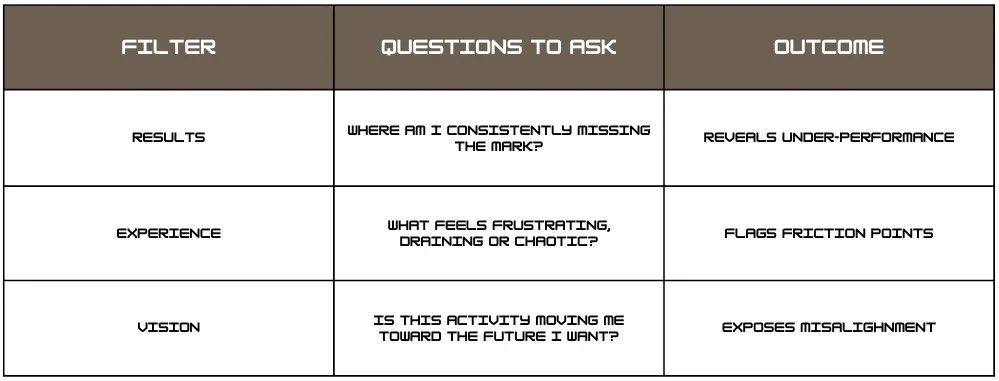Embracing Change: Now What?
You've absorbed countless articles, books, and insights about the vital role of change in both personal and professional growth. You've made the mental commitment to embrace change rather than resist it. But now you're standing at the crossroads asking: What's next?
Change is essential—you understand that. You’re ready to face the discomfort and uncertainty it brings. But you refuse to change simply for change's sake. Random shifts without purpose lead nowhere meaningful.
The real question becomes: How do I identify what genuinely needs to change? How do I ensure my efforts create lasting improvement rather than temporary disruption?
Recognizing What Needs to Change
Some changes announce themselves loudly. The extra weight that's affecting your health. The relationship that drains your energy. The habit that sabotages your progress. These obvious pain points demand attention.
But the most transformative changes often hide beneath the surface. They emerge only through intentional examination—a structured process of discovery that reveals blind spots and untapped potential.
Running what you do, how you’ve done it and how you feel about it through these three filters will assist you in uncovering areas that need change:
3 filters to uncovering areas to change
Meaningful change requires consistent self-examination across multiple categories of time. Here's the framework I use:
The Four-Level Reflection Process
Before you begin, identify your non-negotiables—the essential activities or behaviors for your success. These are unique to each individual and represent commitments you uphold daily, weekly, monthly, and annually.
1. Daily Reflection (The Foundation)
This is the most critical component—and the most overlooked. Daily reflection works because memories are fresh and emotions are accessible.
“The key is consistency, not perfection.”
The Process:
Emotional Check-in: How do I feel about today? What energy am I carrying forward?
Time Analysis: How did I actually spend my hours versus how I intended to spend them?
Non-Negotiable Assessment: These are the activities or behaviors that must happen for you to feel successful. Then evaluate: Did I honor these commitments today?
The Why Question: When you hit your non-negotiables, ask why you succeeded. When you missed them, ask why you fell short. This isn't about self-judgment—it's about pattern recognition.
The Change Lens: Sometimes the only change needed is to execute what you already know works. But often, this reflection reveals the subtle distractions, energy drains, or misaligned priorities that need addressing.
2. Weekly Reflection
Step back from daily details to examine patterns. What themes emerged this week? Which days felt most aligned with your intentions? What disruptions repeatedly appeared? Weekly reflection helps you spot trends that daily reflection might miss.
3. Monthly Reflection
Monthly reviews provide perspective on progress and trajectory. Are the small daily changes accumulating into meaningful shifts? What systems are working? What needs adjustment? This level allows you to course-correct before small issues become major obstacles.
4. Annual Reflection
The wide-angle view reveals the bigger picture. What person did you become this year? What capabilities did you develop? What relationships deepened or needed to be released? Annual reflection helps you set direction for the year ahead while celebrating growth you might otherwise overlook.
Final Thought
Embracing change is less about dramatic overhauls and more about consistent, purpose-driven iterations. Anchor your “why,” surface what truly needs improvement, reflect relentlessly, and let small, strategic tweaks compound into transformation.
“Change chosen with intention—and measured with reflection—turns discomfort into momentum.”
Until Next Time | On a Journey … Chasing Better!

